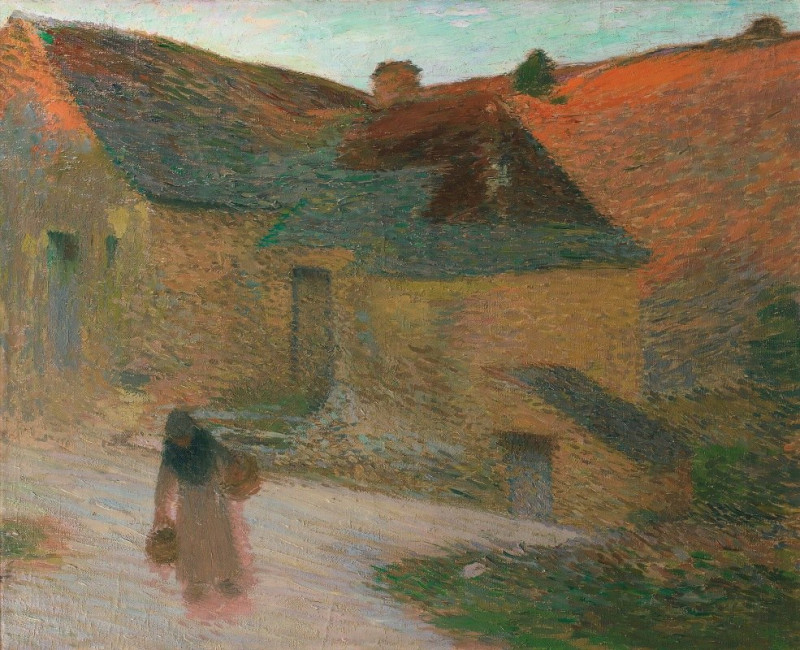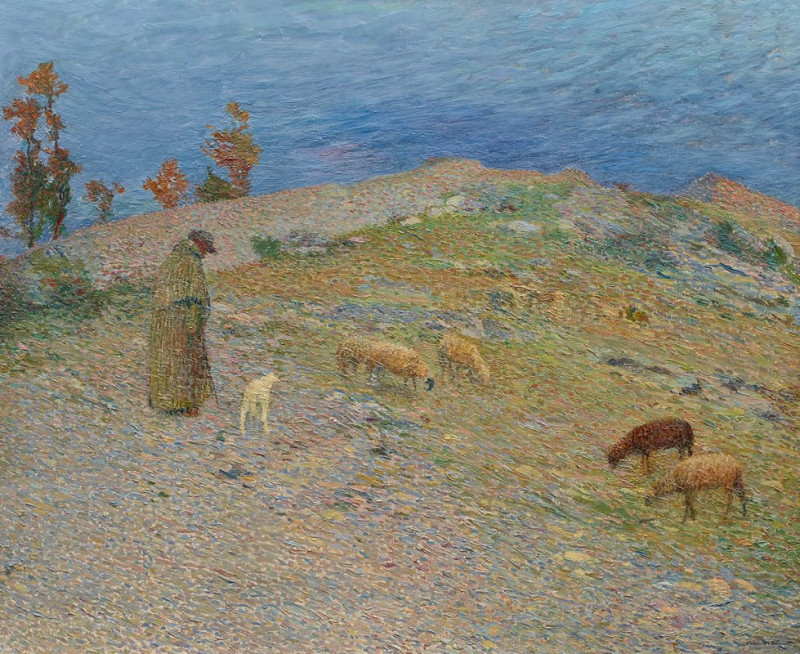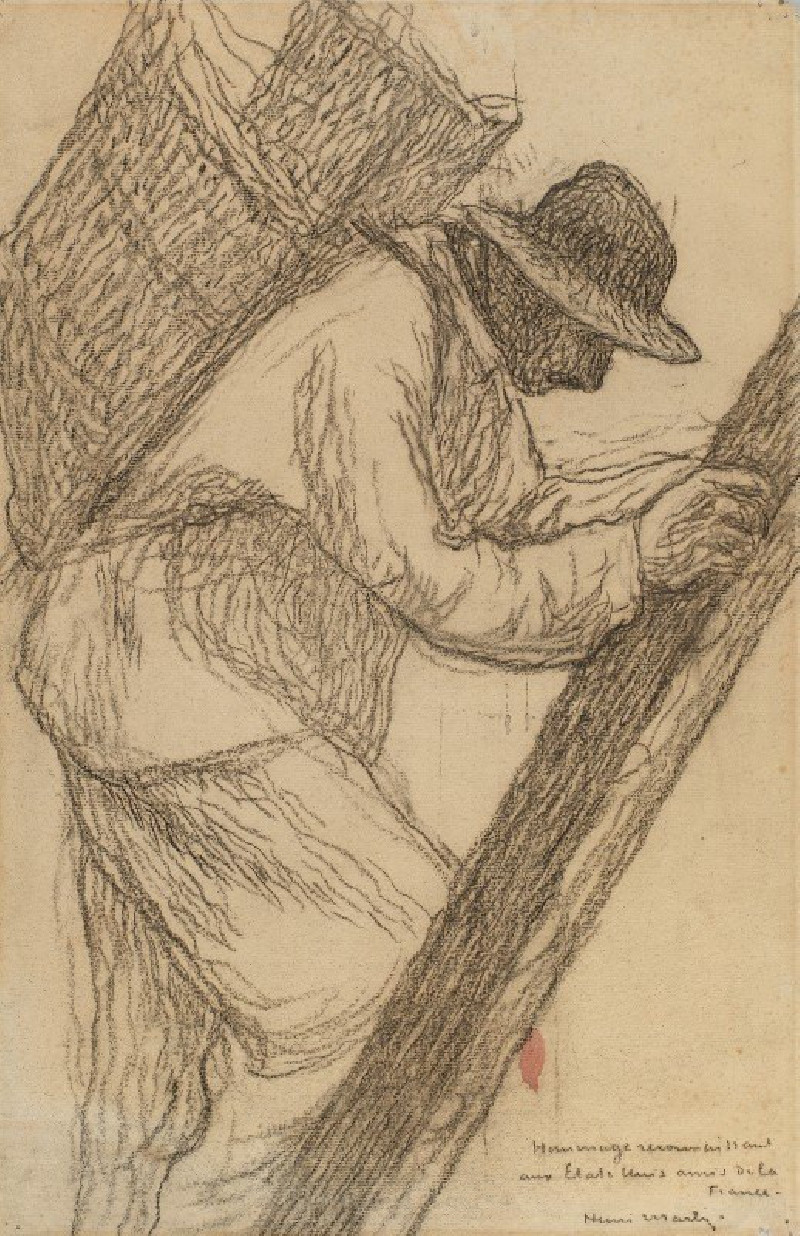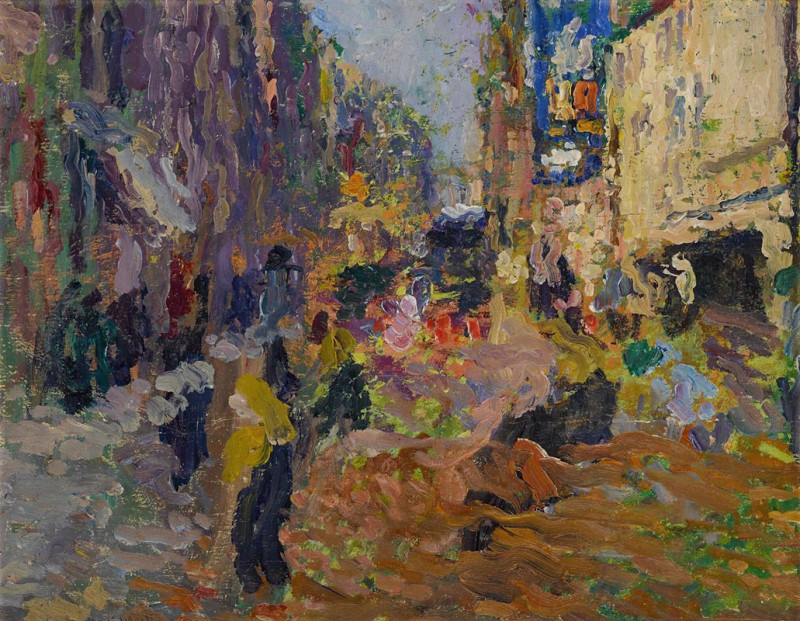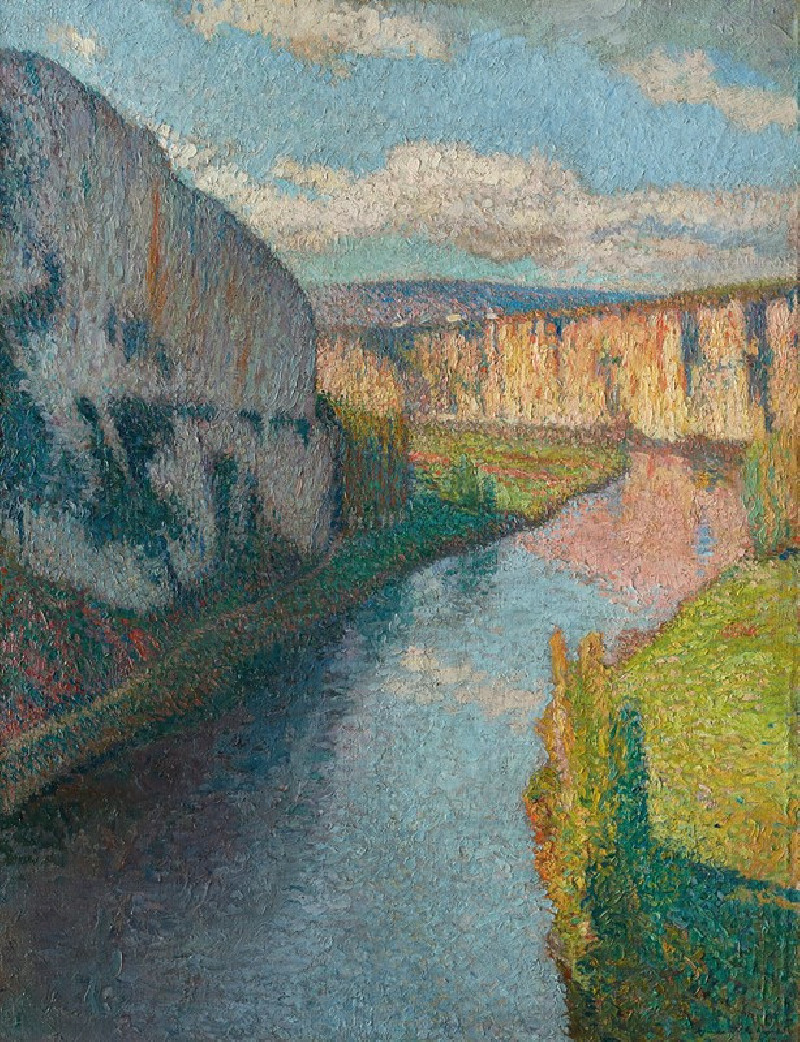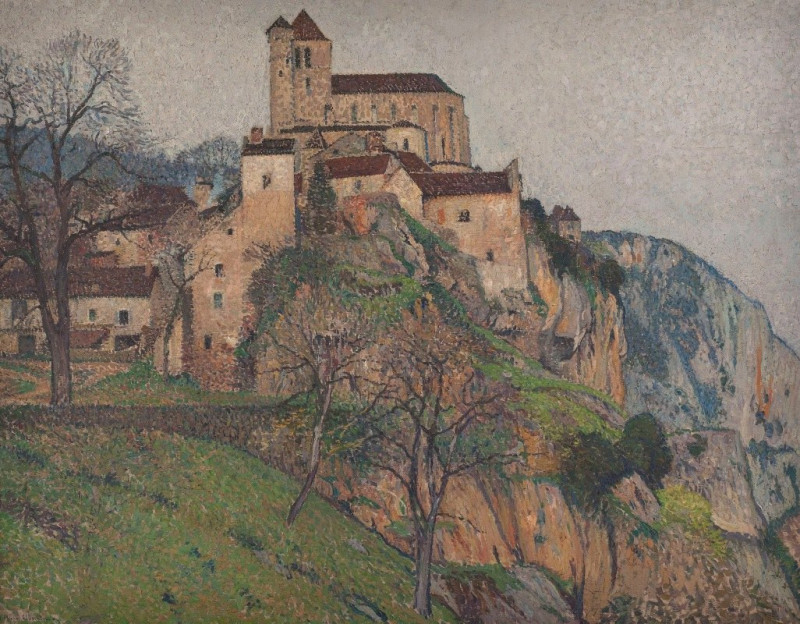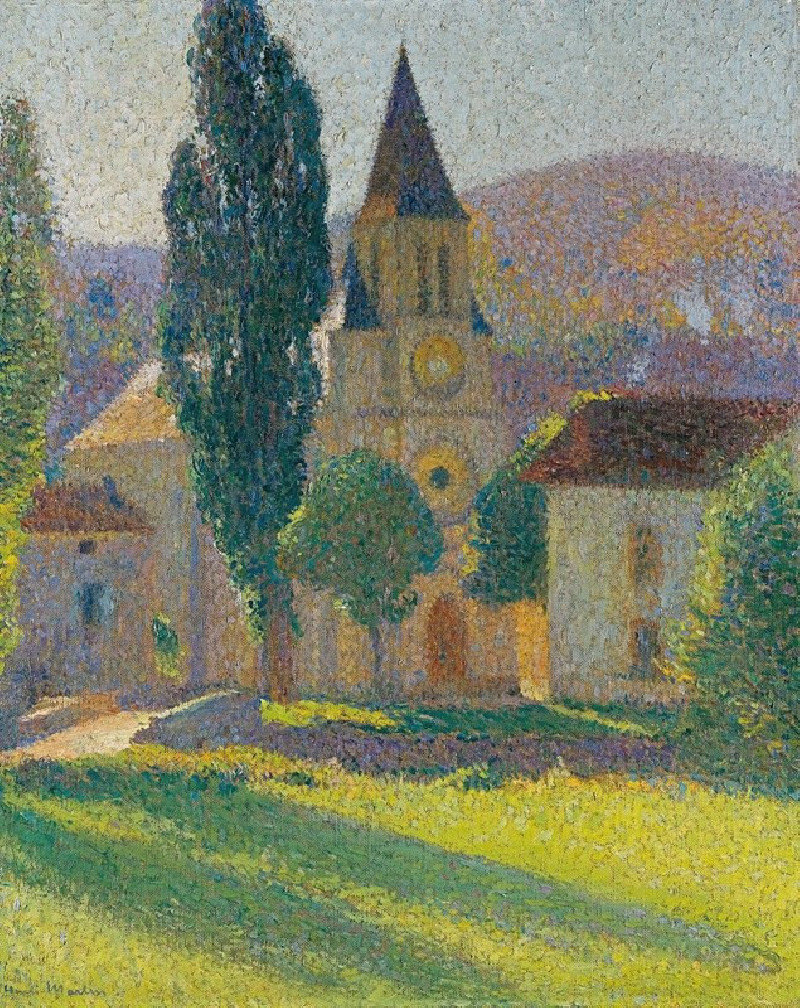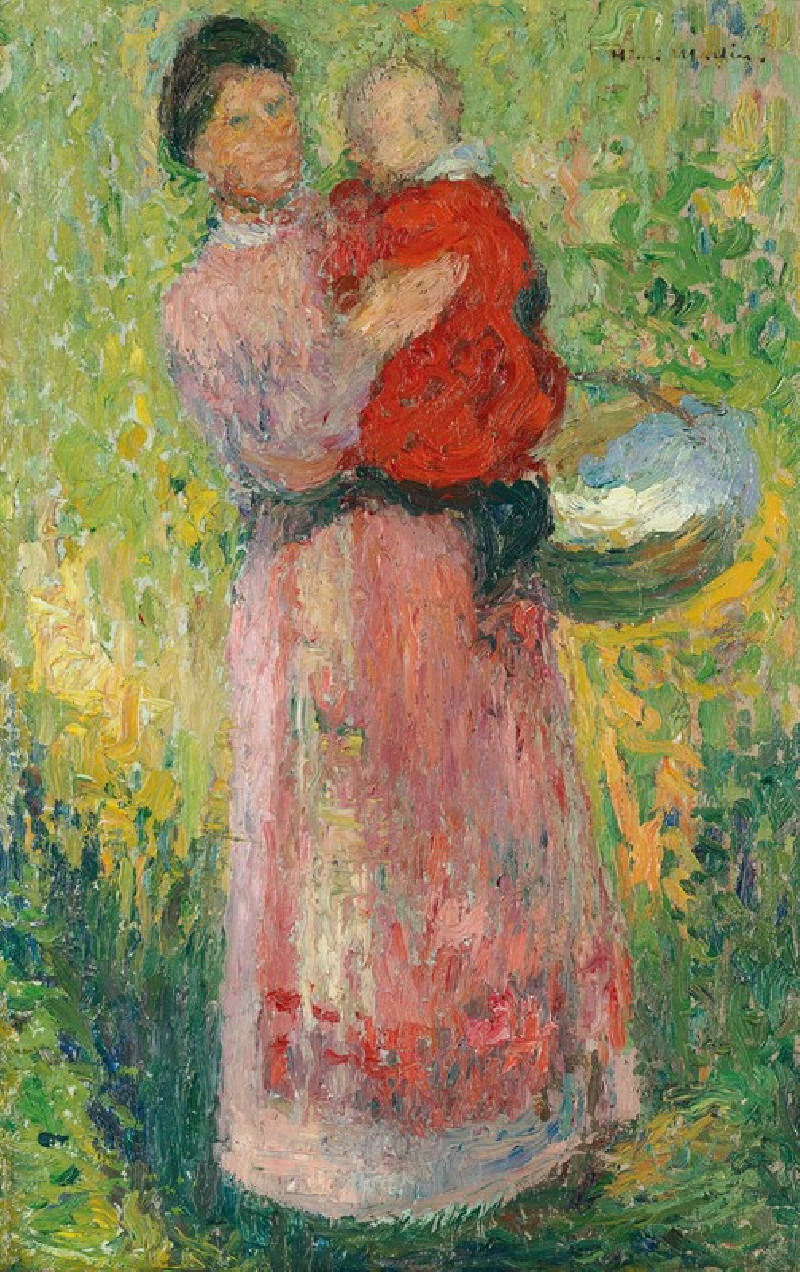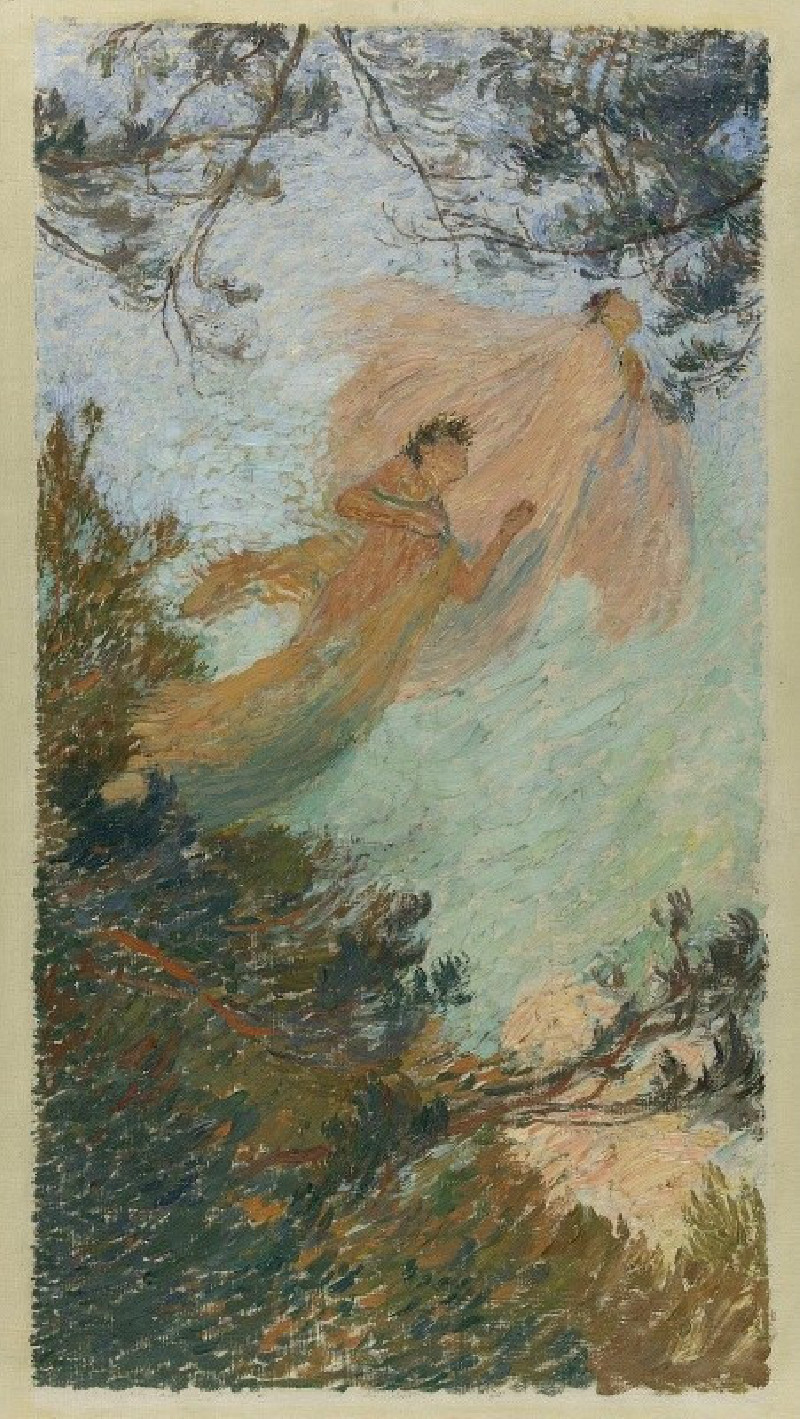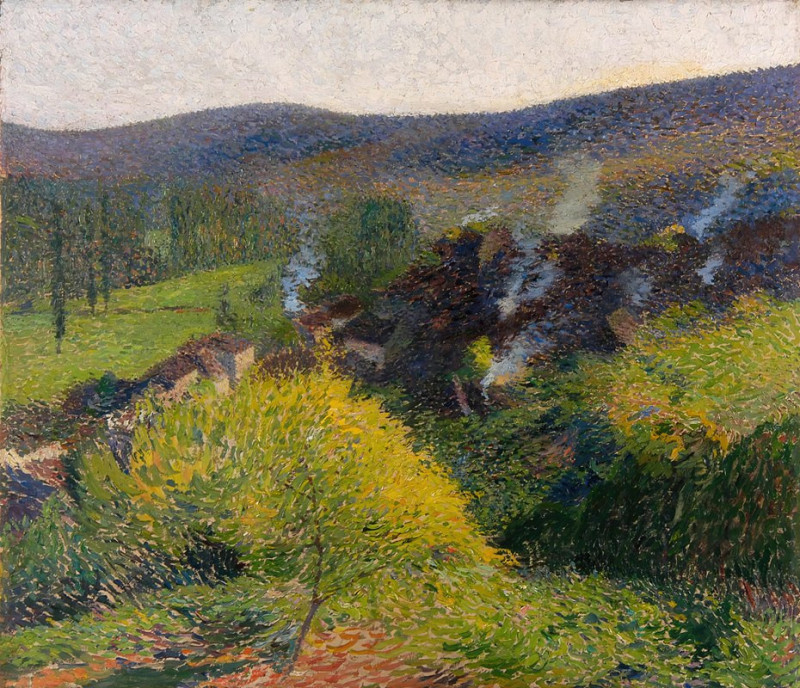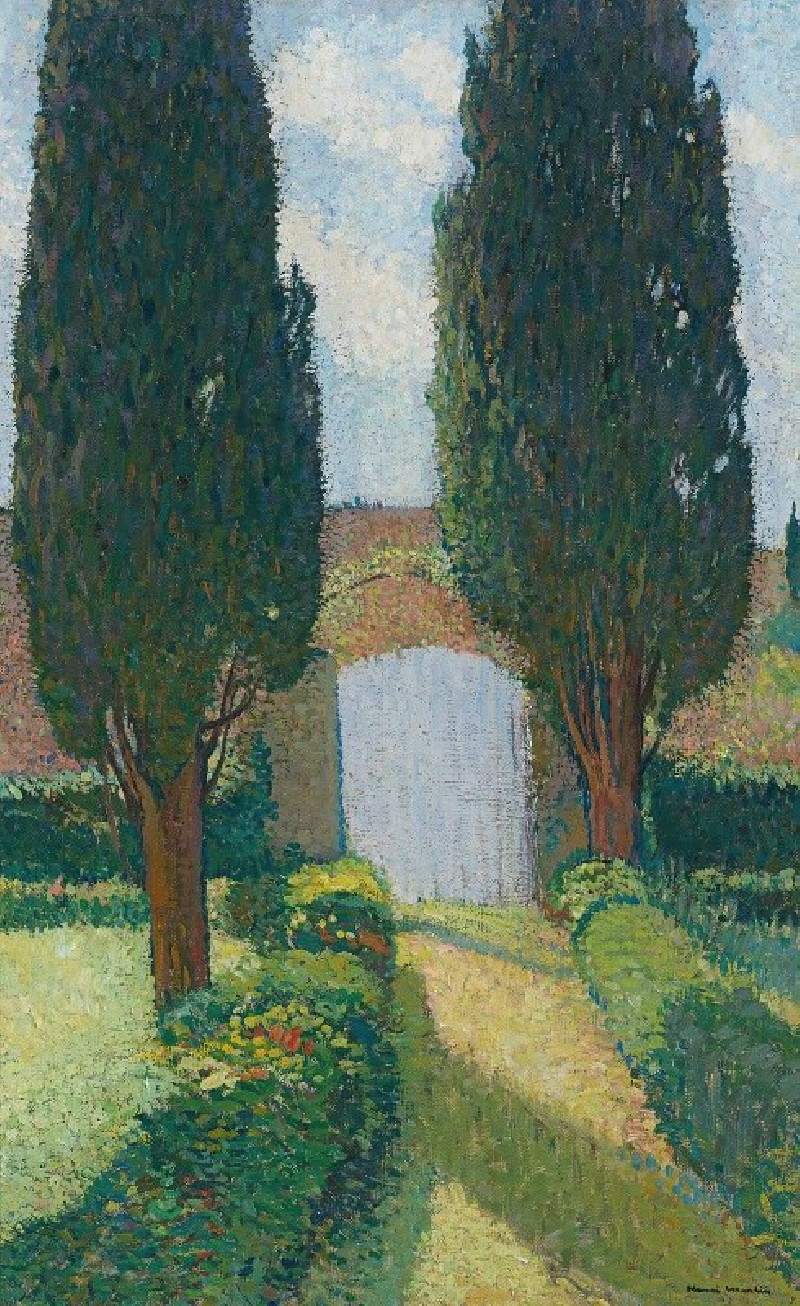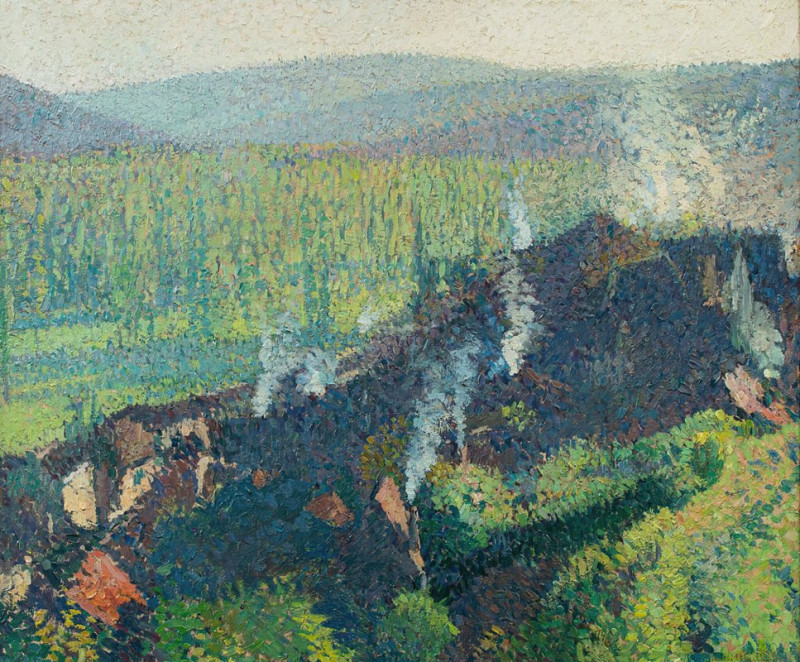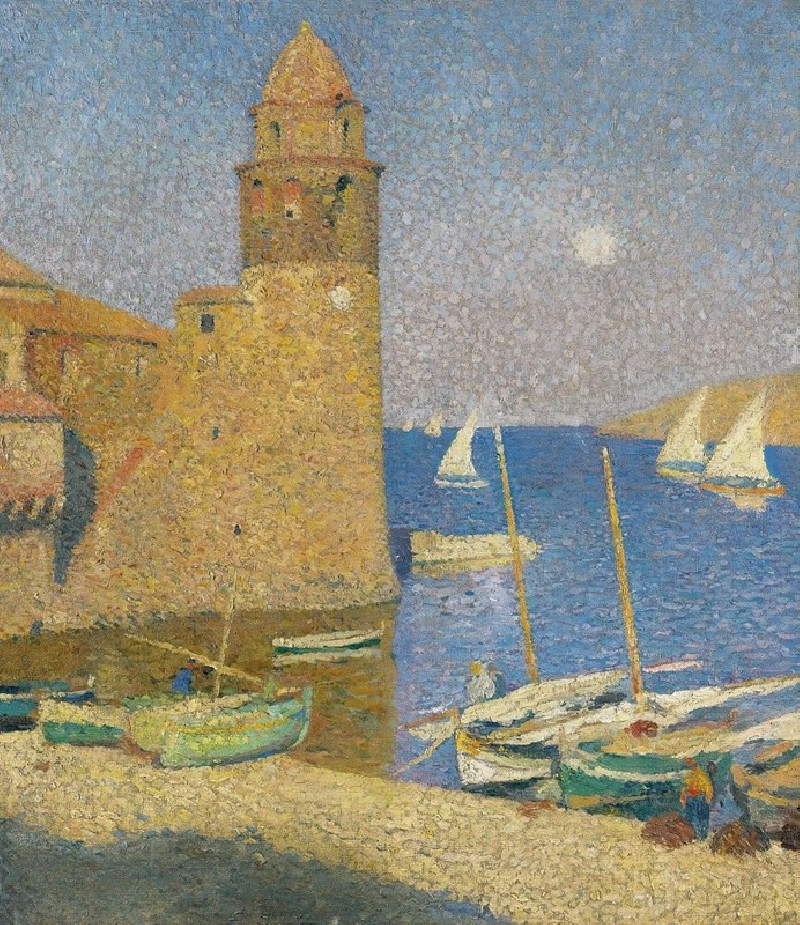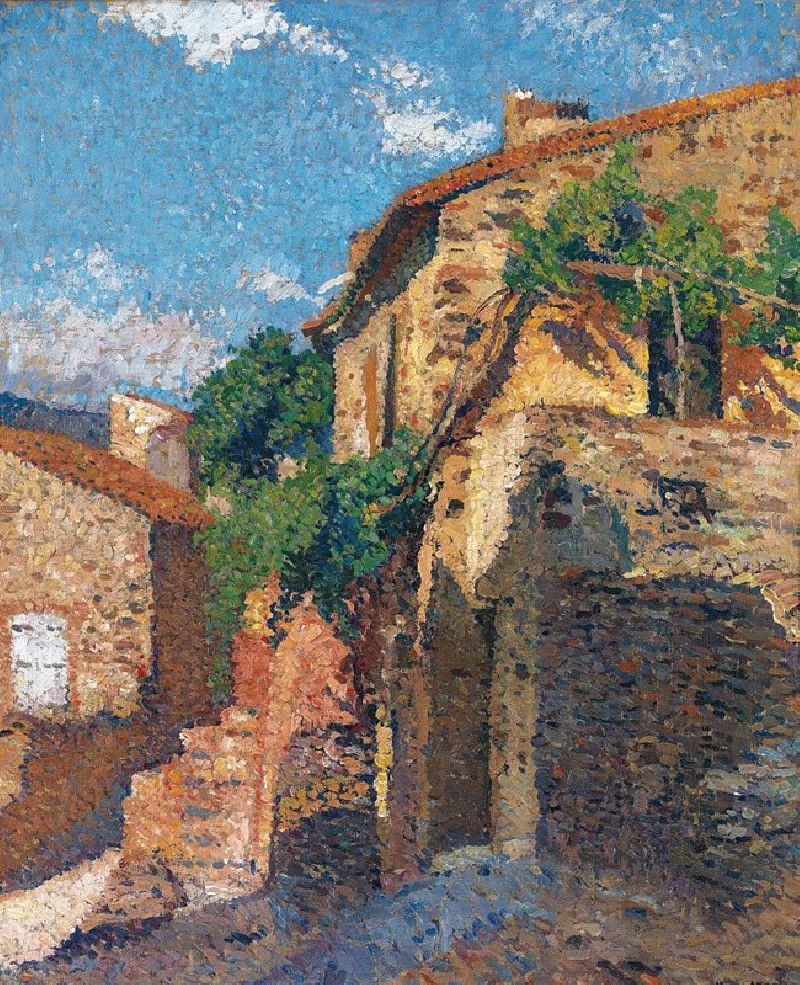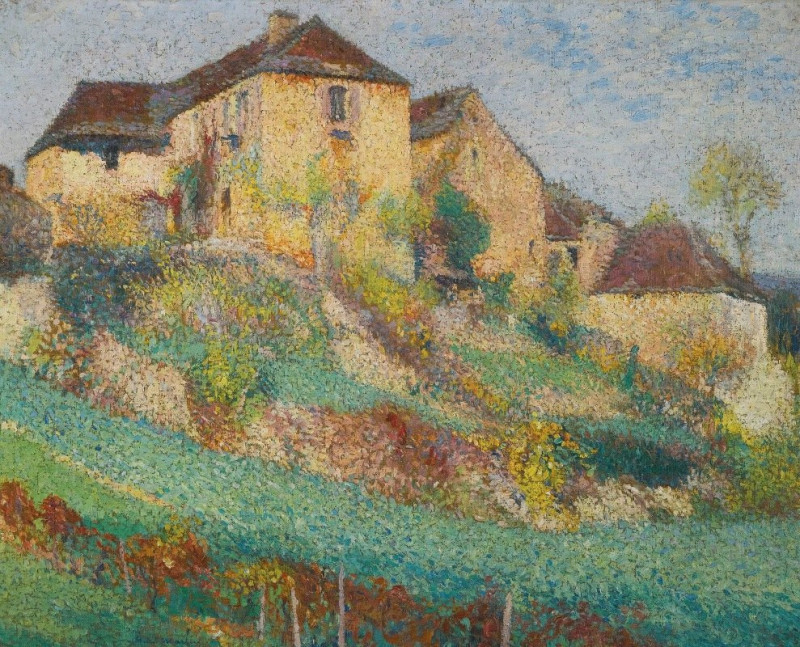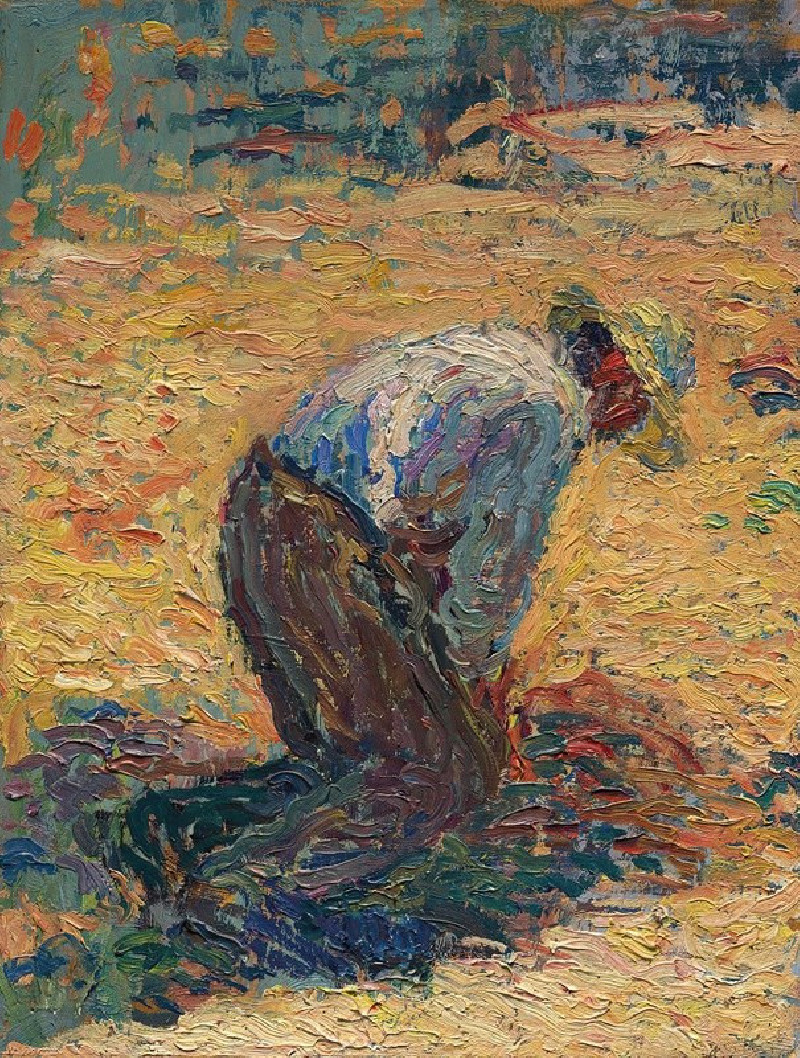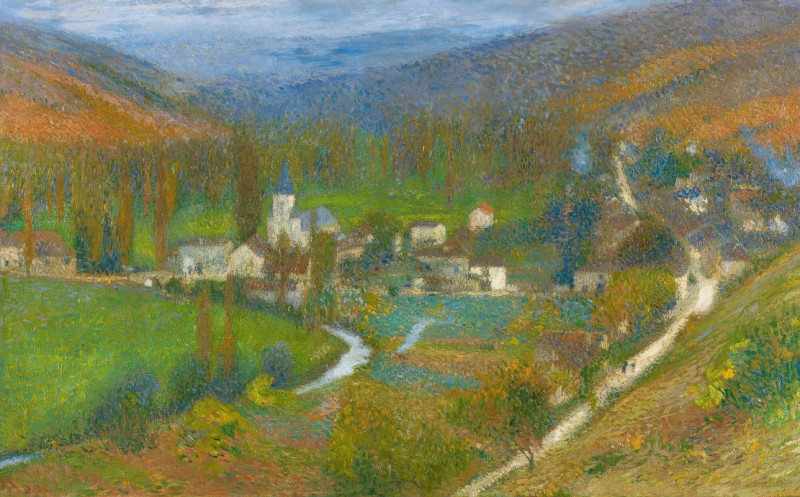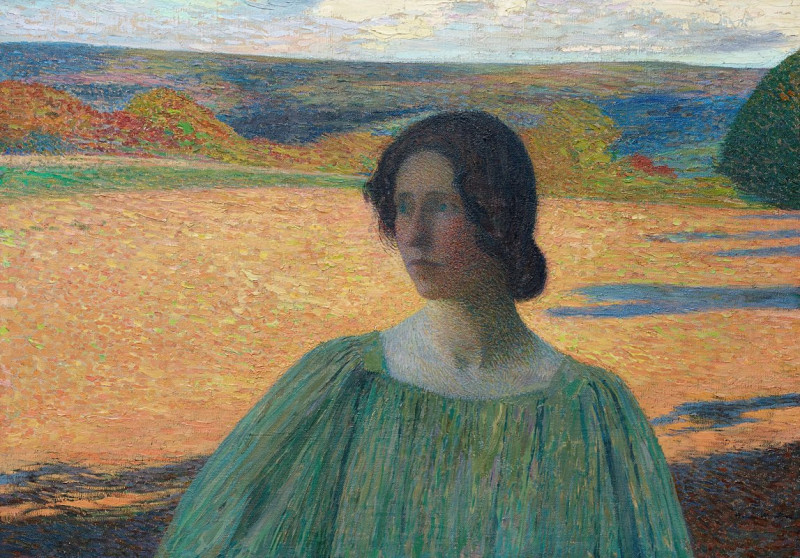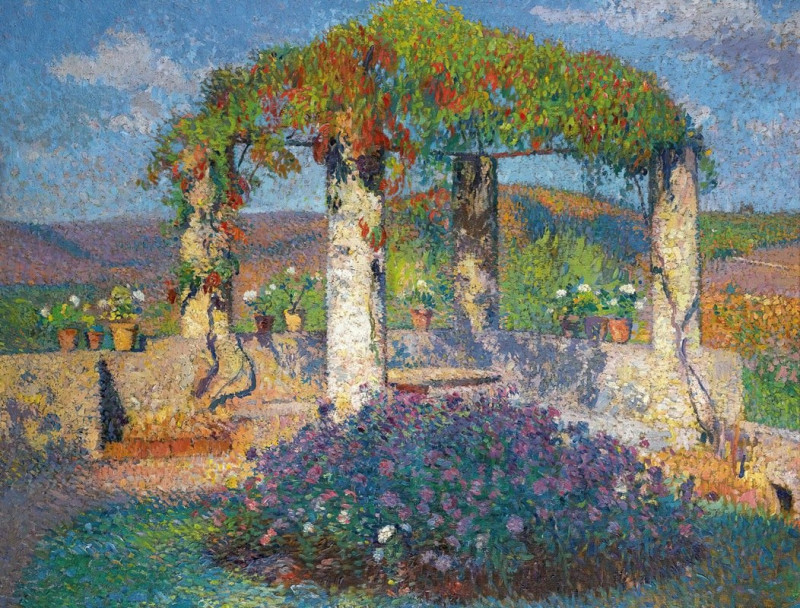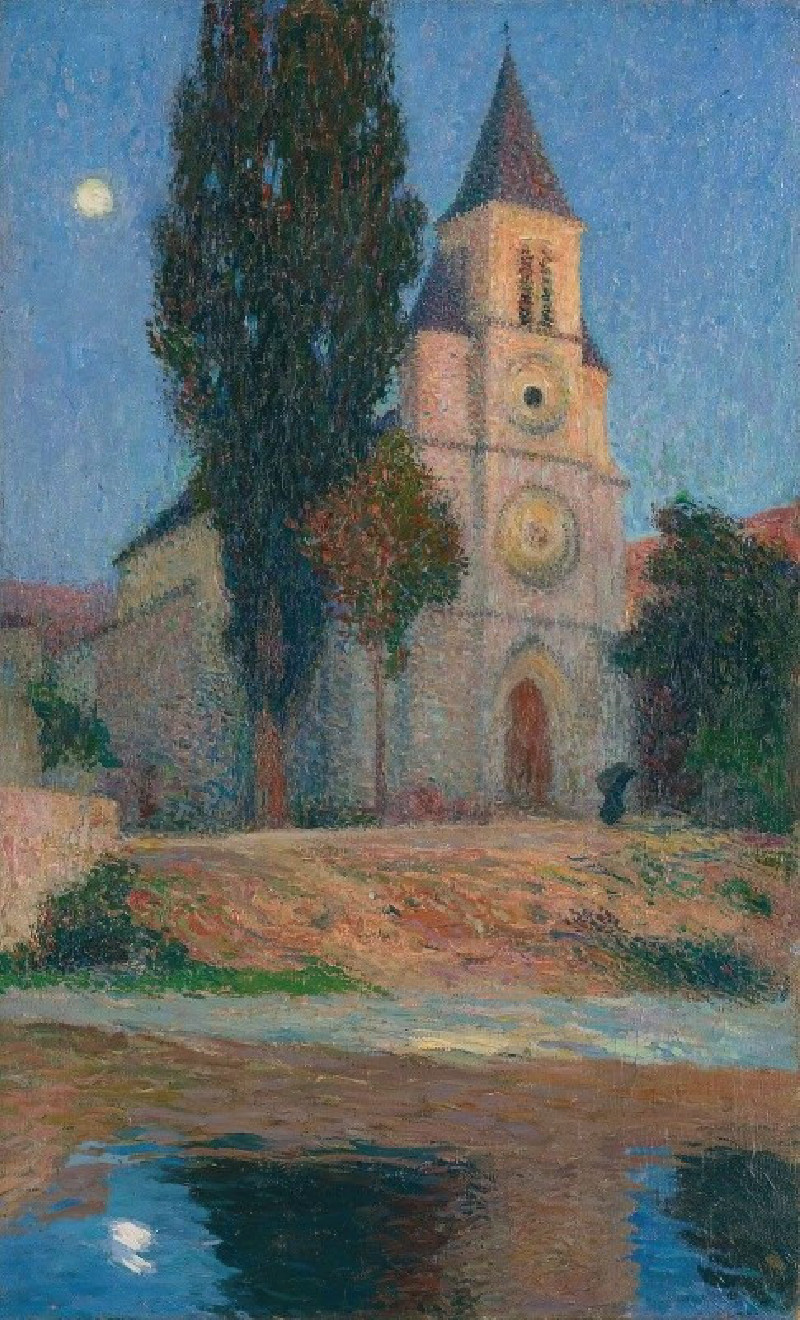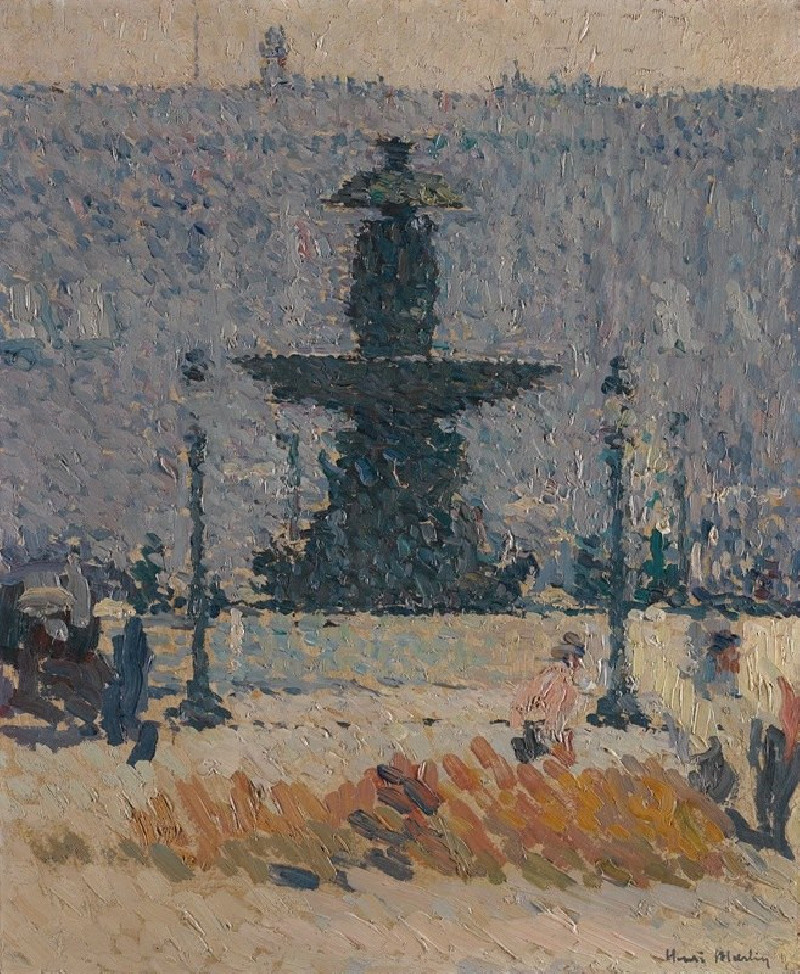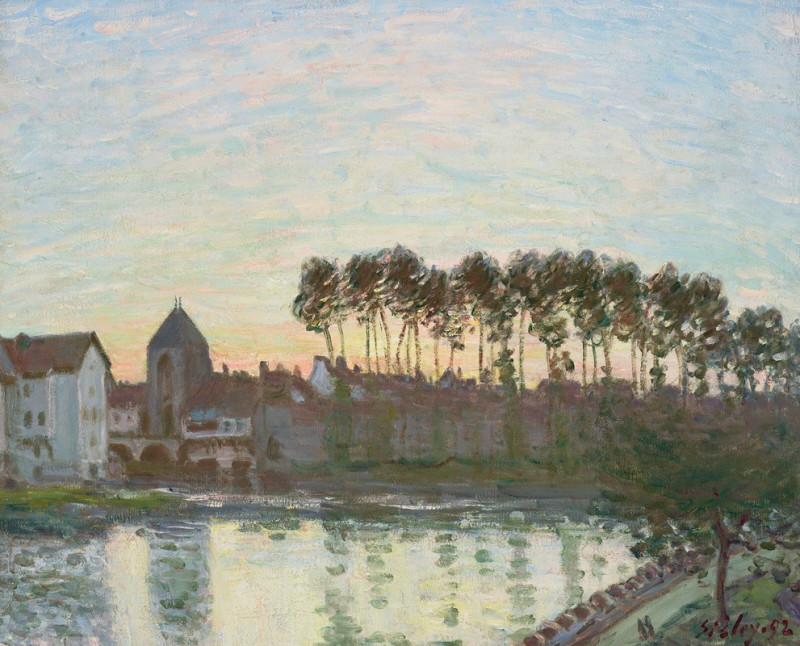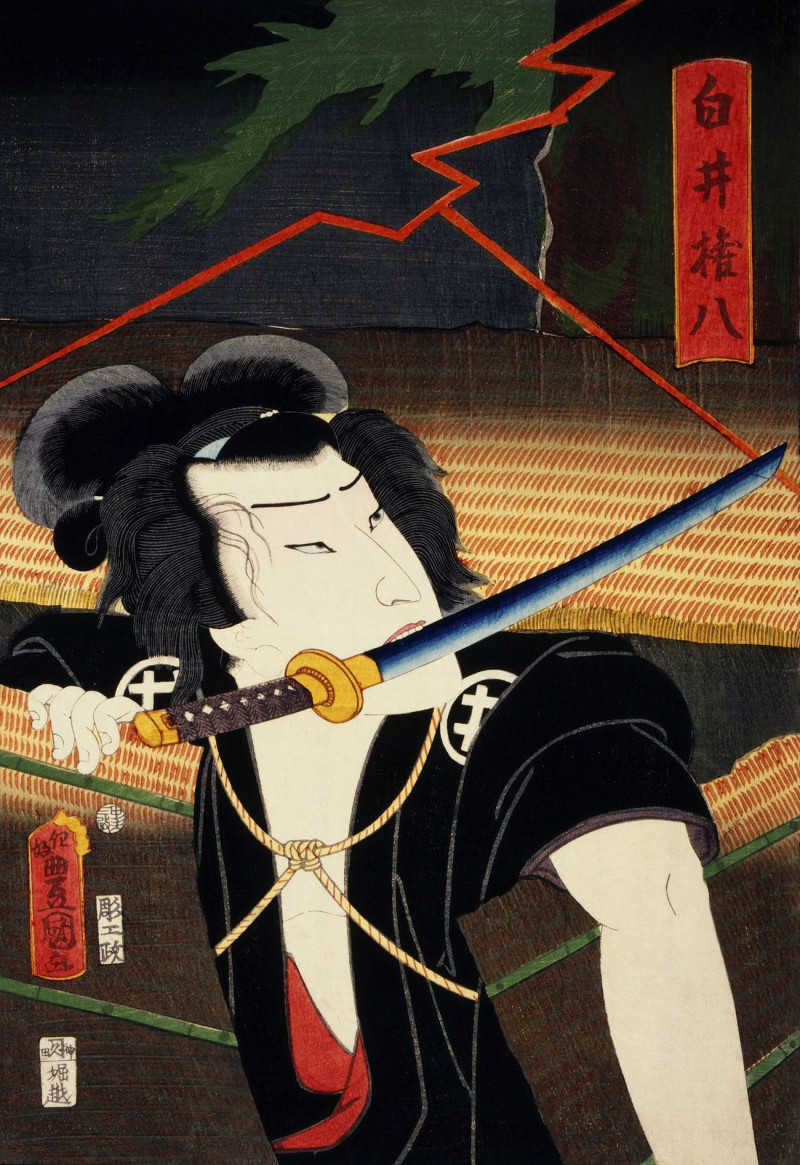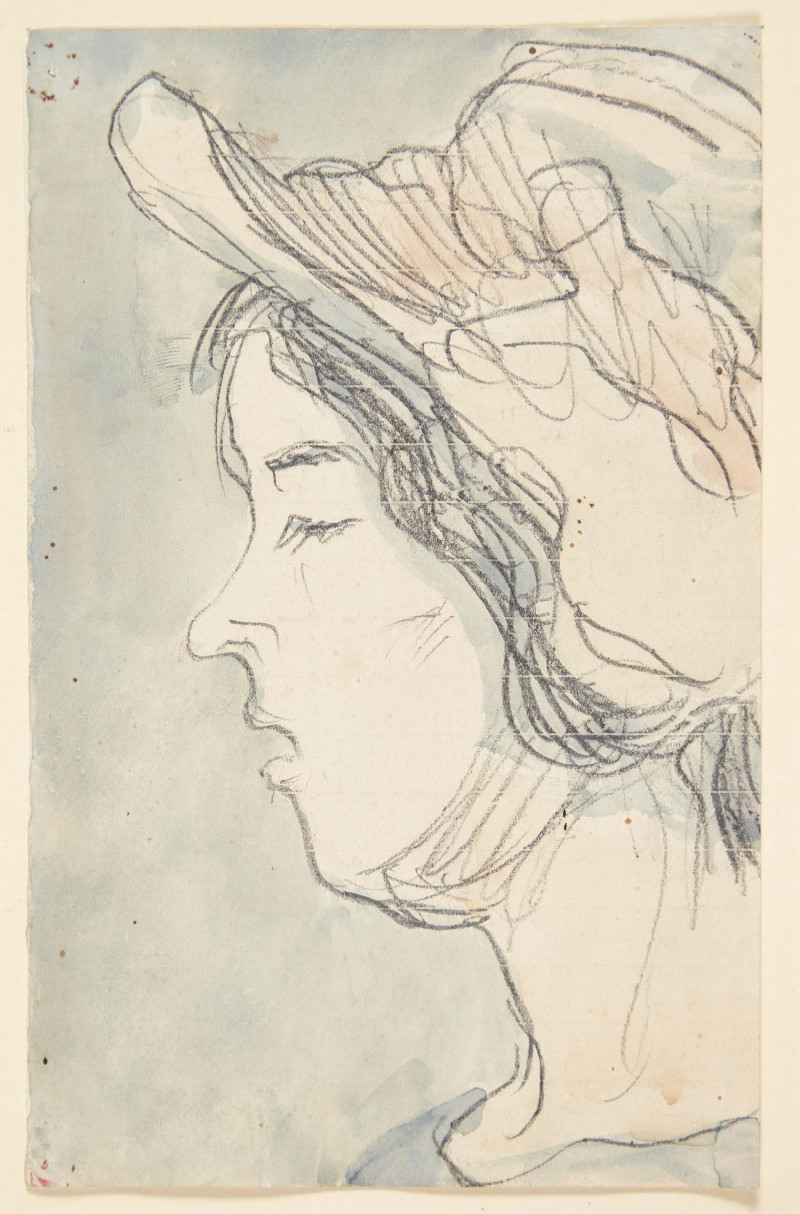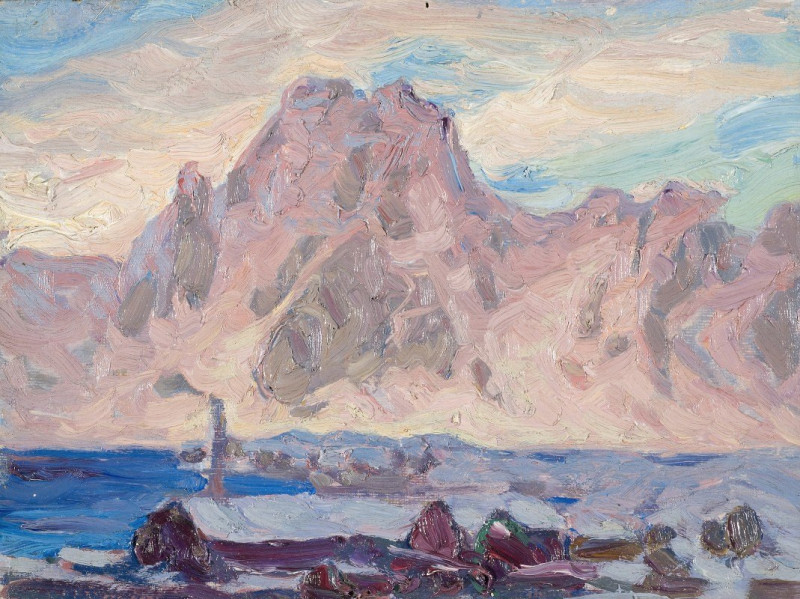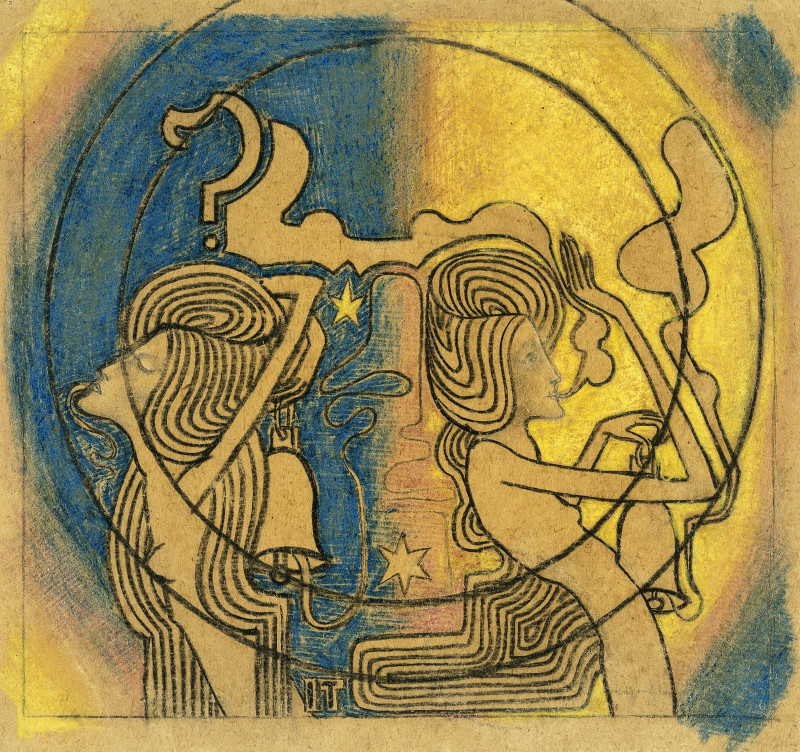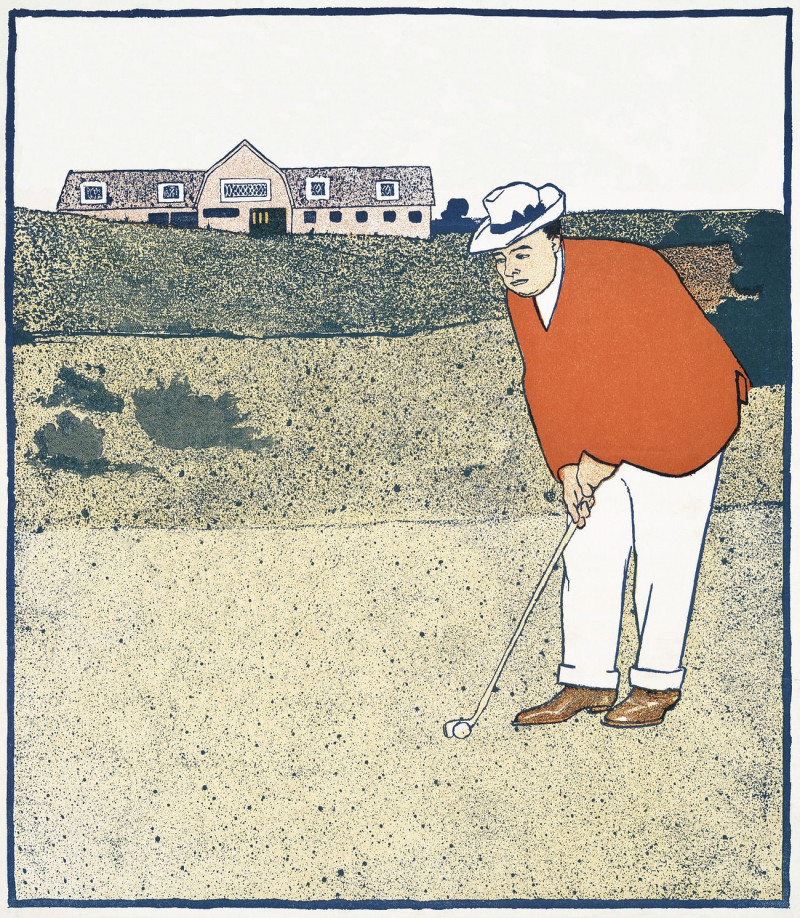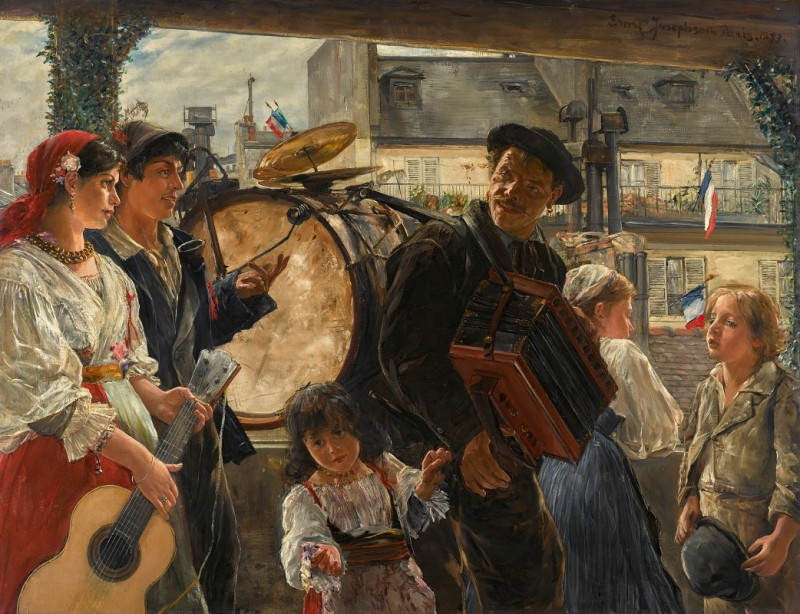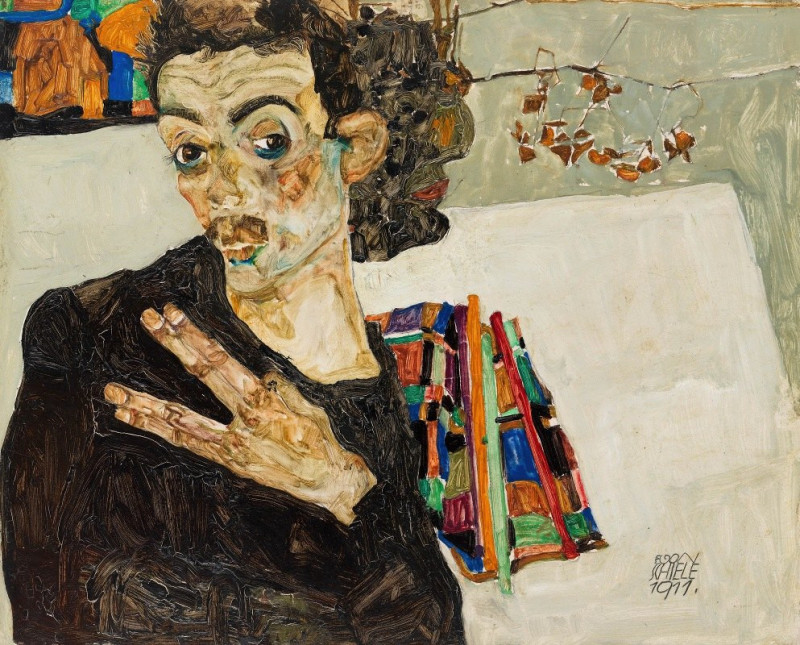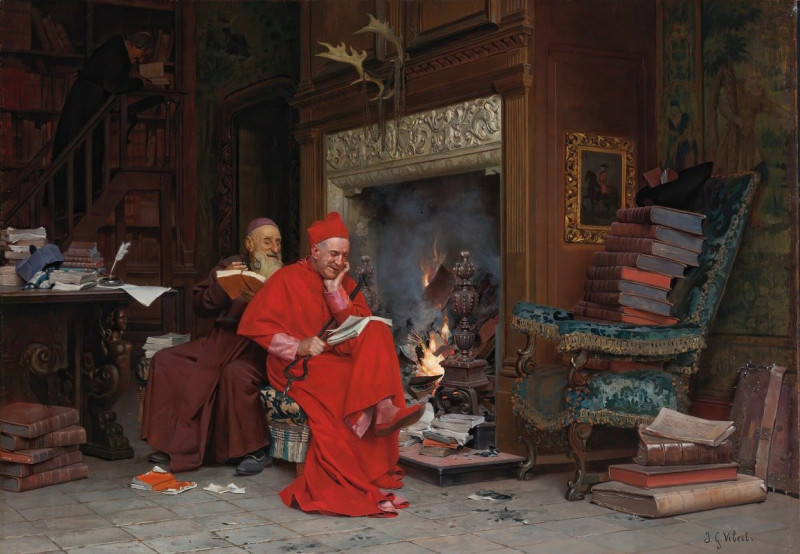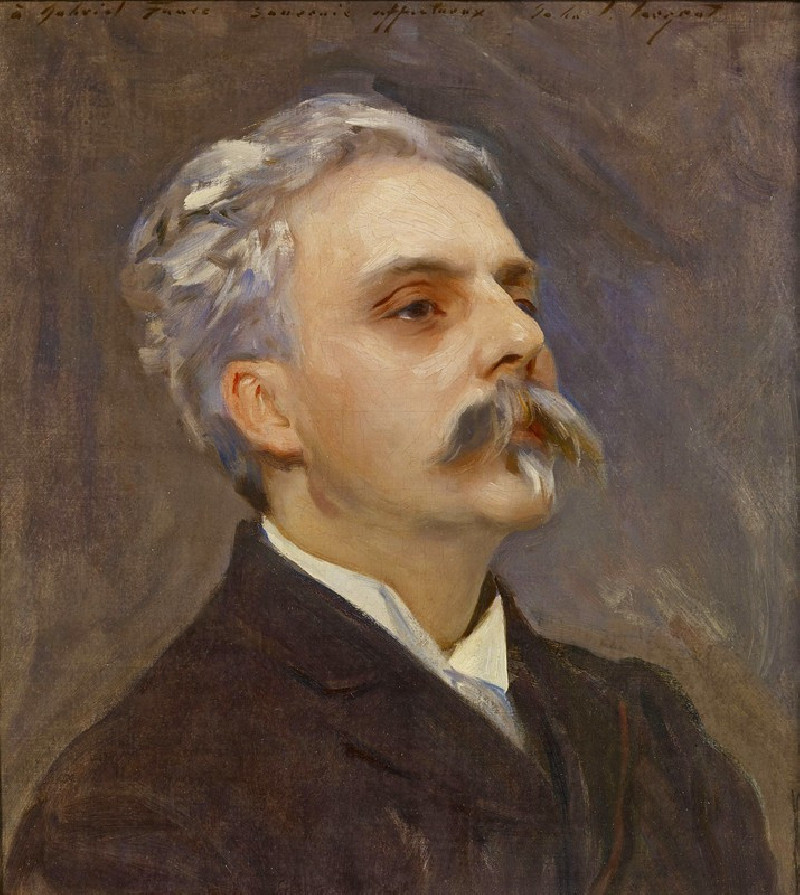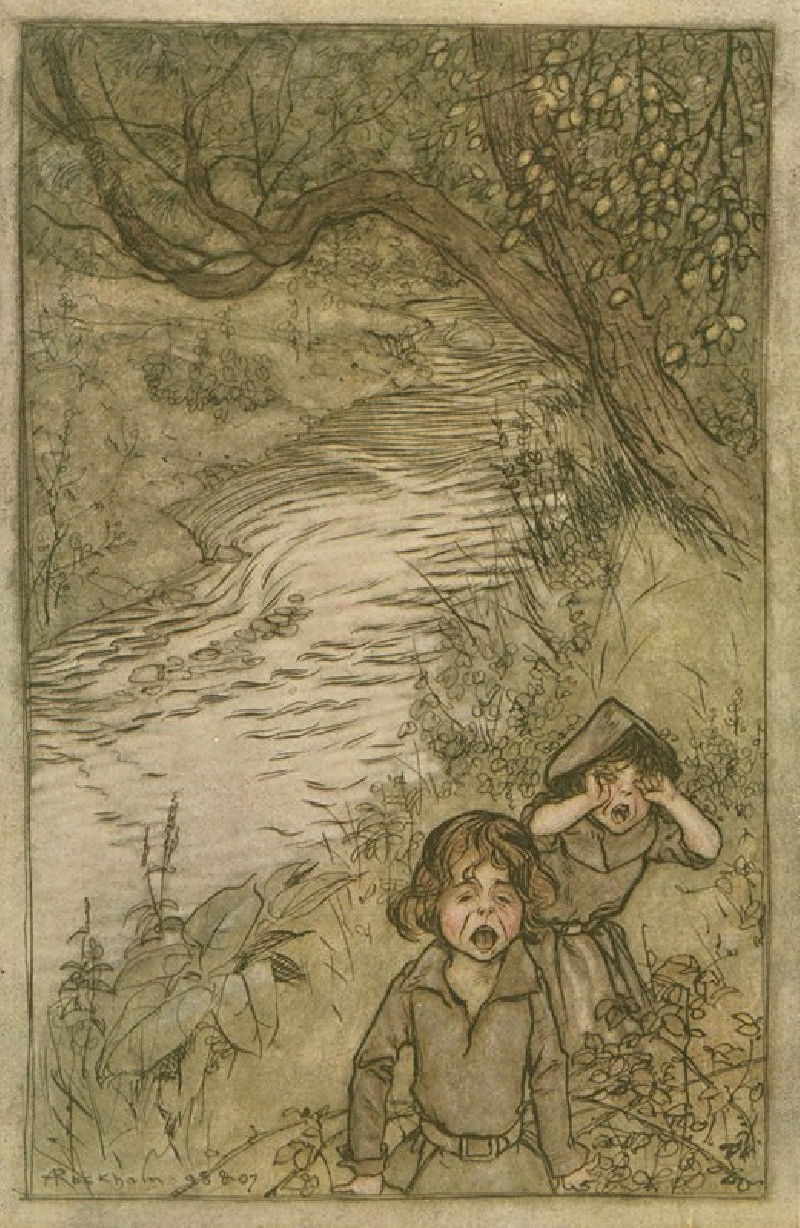Derniers Rayons, Une Ferme Dans Le Lot (circa 1898)
Technique: Giclée quality print
Recommended by our customers
More about this artwork
Step into a tranquil rural escapade with Henri Martin's enchanting painting “Derniers Rayons, Une Ferme Dans Le Lot” (circa 1898), a masterpiece embracing the gentle embrace of the evening sun draping over a quaint farmhouse. This magnificent piece of art captures a serene moment in the French countryside, located in the picturesque region of Lot.At the heart of this painting, your eyes are drawn to the subtle yet profound presence of a solitary figure, who appears to be returning home. The warm, dusky tones of the setting sun bathe the earthy, thatched roofs of the farm buildings in a spectrum of oranges and reds, contrasting beautifully with the cooler shadows that begin to claim the day. The textured strokes and vibrant yet earthen palette are hallmarks of Martin's style, lending a dreamlike quality that transports the viewer into a world of peace and simplicity.Henri Martin's expert use of light and color not only highlights his mastery of the post-impressionist style but also evokes a sense of enduring tranquility and the timeless beauty of the rural landscape. This painting is more than a visual delight—it is an invitation to imagine the slow pace of life in the late 19th-century French countryside, suggesting a narrative of homecoming and the unspoken joy of returning to familiar surroundings.
Delivery
Returns
Henri-Jean Guillaume "Henri" Martin (5 August 1860 – 12 November 1943) was a French painter. Elected to the Académie des Beaux-Arts in 1917, he is known for his early 1920s work on the walls of the Salle de l'Assemblée générale, where the members of the Conseil d'État meet in the Palais-Royal in Paris. Other notable institutions that have featured his Post-Impressionist paintings in their halls through public procurement include the Élysée Palace, Sorbonne, Hôtel de Ville de Paris, Palais de Justice de Paris, as well as Capitole de Toulouse, although the Musée des Beaux-Arts de Bordeaux and Musée des Augustins also have sizeable public collections.

